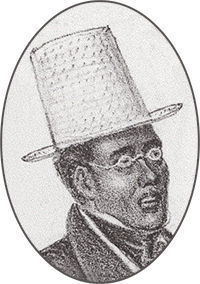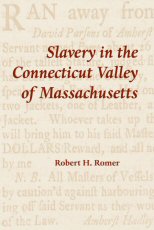Walk through History in Florence – Summer 2016
“Florence: Dedicated to the Proposition …” A History Walking Tour led by Tom Goldscheider – Saturday, July 9, 2016 at 10 am
The village of Florence was founded by a set of visionaries who acted on their belief that all people are created equal. We will walk in their footsteps and hear their stories. Led by Tom Goldscheider, historian, Ruggles Center member and Florence resident.
Meet at the Sojourner Truth Statue at the corner of Park and Pine streets in Florence at 10 am.
The Slave’s Cause: A History of Abolition by Manisha Sinha – Wednesday, August 10, 2016 at 7 pm
University of Connecticut Professor Manisha Sinha speaks on her widely acclaimed book, The Slave’s Cause: A History of Abolition.
This lecture will take place at the Florence Civic Center, Florence at 7 pm.
Second Saturday Walking Tour – Saturday, August 13, 2016 at 10 am
Walk the African-American history trail in Florence and see Sojourner Truth’s house, abolitionist sites and the site of the 19th century utopian community in Florence. We will explain what brought a progressive group of people to Florence in the 19th century, how they influenced Florence’s development and what happened to those innovative and progressive people.
Meet at the Sojourner Truth Statue at the corner of Park and Pine streets in Florence at 10 am.
Erasmus Darwin Hudson – Sunday, August 28, 2016 at 1 pm
Chuck Weisenberger will present his research on Erasmus Darwin Hudson on Sunday, August 28th at 1 pm. Chuck is a graduate student at the University of Massachusetts at Amherst.
Second Saturday Walking Tour – Saturday, September 10, 2016 at 10 am
Walk the African-American history trail in Florence and see Sojourner Truth’s house, abolitionist sites and the site of the 19th century utopian community in Florence. We will explain what brought a progressive group of people to Florence in the 19th century, how they influenced Florence’s development and what happened to those innovative and progressive people.
Meet at the Sojourner Truth Statue at the corner of Park and Pine streets in Florence at 10 am.
Second Saturday Walking Tour – Saturday, October 8, 2016 at 10 am
Walk the African-American history trail in Florence and see Sojourner Truth’s house, abolitionist sites and the site of the 19th century utopian community in Florence. We will explain what brought a progressive group of people to Florence in the 19th century, how they influenced Florence’s development and what happened to those innovative and progressive people.
Meet at the Sojourner Truth Statue at the corner of Park and Pine streets in Florence at 10 am.
Park Street Cemetery Tour – Saturday, October 29, 2016 at 10 am
Meet at the Park Street Cemetery in Florence (opposite Lilly Library) at 10 am.
From Levellers Press
Slavery in the Connecticut Valley of Massachusetts
by Robert H. Romer
In this first history of slavery in western Massachusetts in colonial times, Robert H. Romer demonstrates that slavery was pervasive in the Pioneer Valley in the 1700s, where many of the ministers and other “important people” owned black slaves. To show the role of slavery in the valley, Professor Romer presents a “snapshot” of slavery, choosing a moment (1752) and a place (the main street of Deerfield) to present detailed information about the slaves who lived in that place at that time – and their owners. Working largely from original sources – wills, probate inventories, church records, and merchants’ account books – he shows that slavery was much more significant than had previously been thought. Some twenty-five slaves belonging to fifteen different owners lived on that mile-long street in 1752. He emphasizes that these were individuals, some born in Africa, some born as slaves in New England, forced to live their lives as property, always subject to being sold away at the whim of an owner.
Deerfield is used simply as an example – slavery was pervasive throughout the valley. In other chapters he treats – in less detail – other towns in the valley. He also gives a brief history of slavery in Massachusetts, from its beginnings in the 1630s until its gradual end in the final decades of the 1700s and then discusses how in the following centuries New Englanders for the most part managed to forget that slavery had ever existed here.
His work brings out of obscurity the many black slaves who lived in the valley, the invisible men and women of our colonial past.



